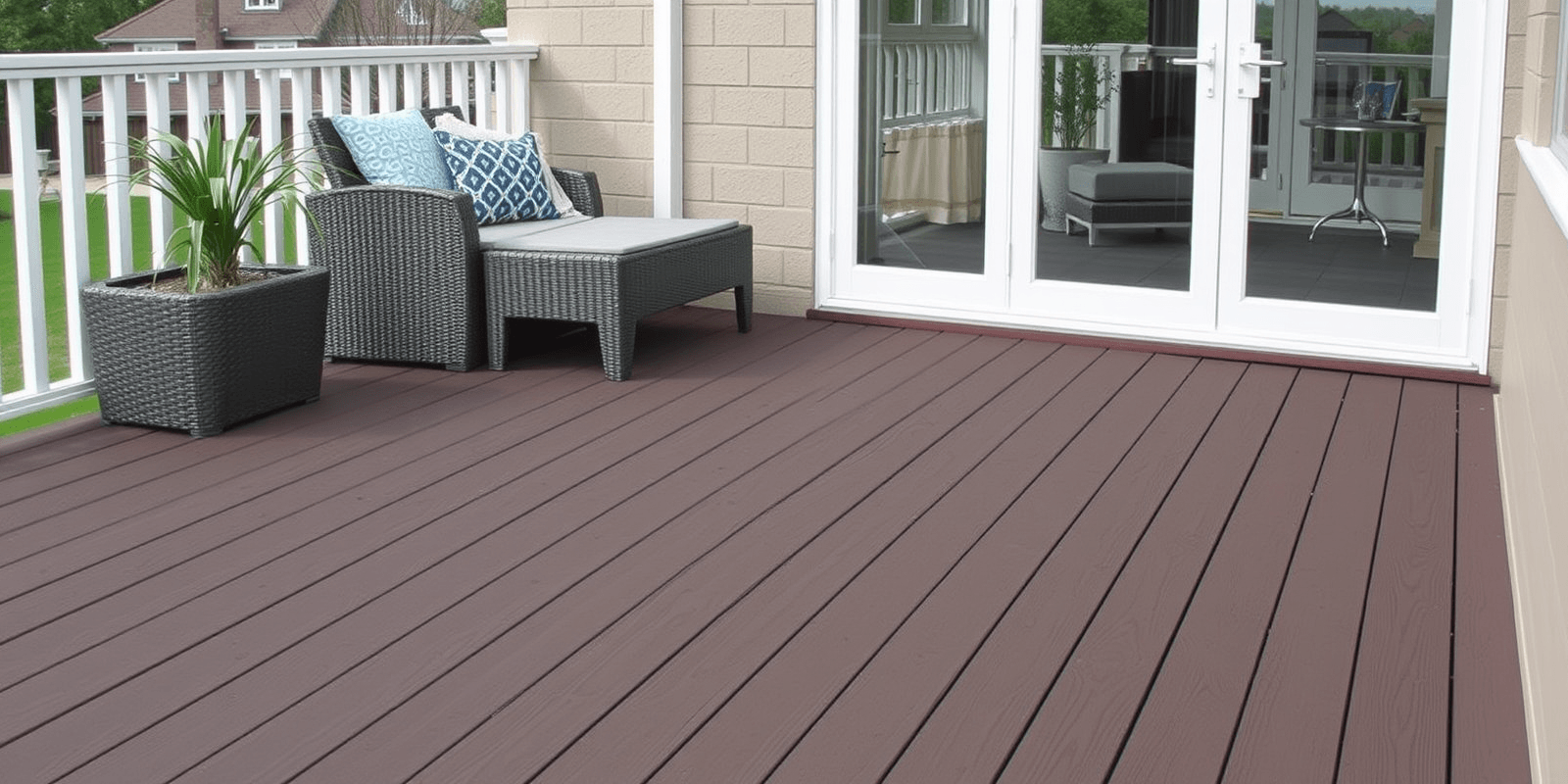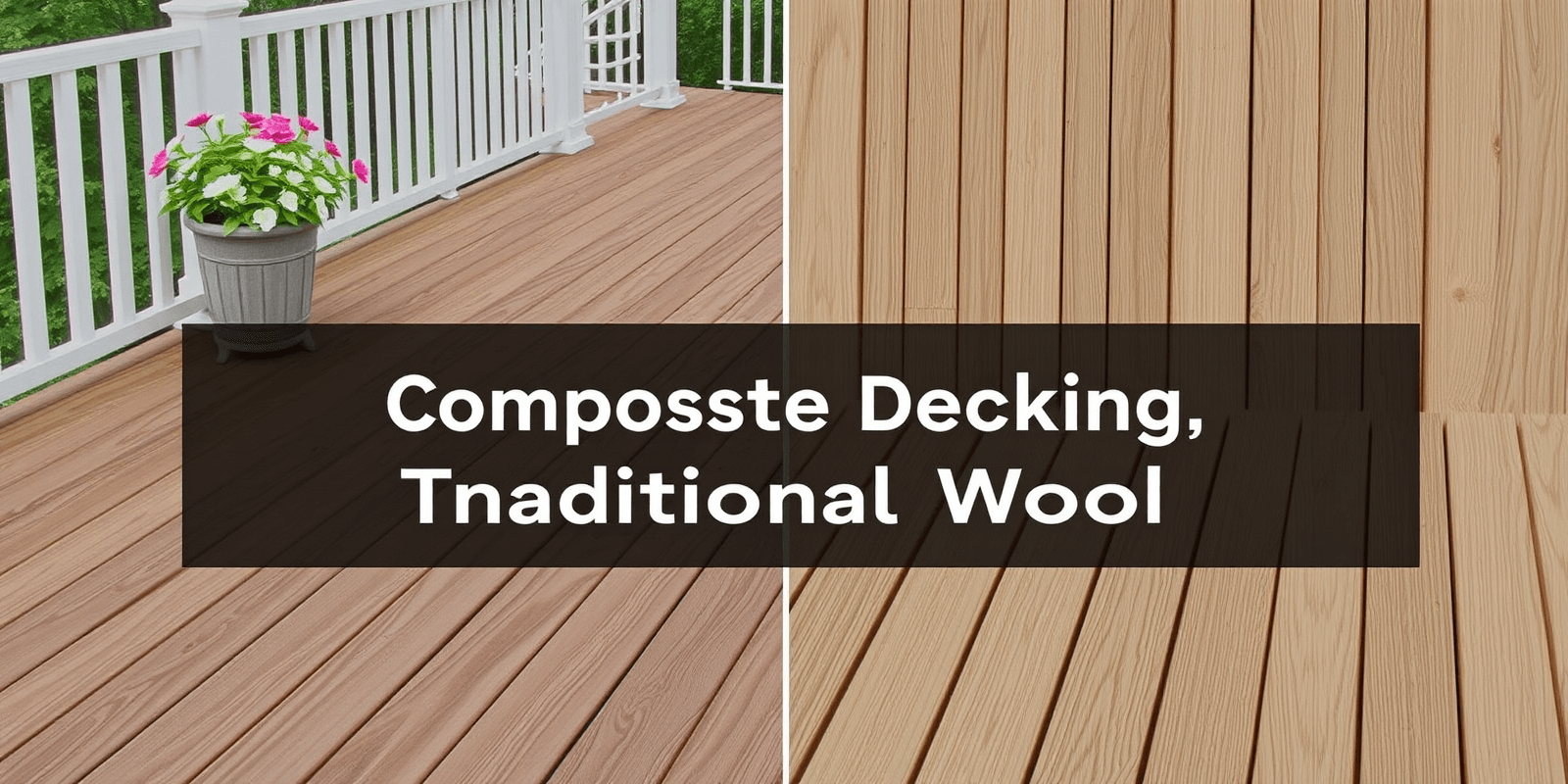“`html
Which is Heavier? Understanding Wood and Composite Decking Weights
Introduction
In the world of home improvement, choosing the right material for your deck can significantly impact its longevity, aesthetics, and overall cost. One crucial factor to consider is the weight of the decking material. While both wood and composite decking have their unique advantages, understanding which is heavier can help you make an informed decision. This article delves into the specific weights of wood and composite decking, explaining why one might be heavier than the other and how this impacts installation and maintenance.
Wood Decking: A Traditional Choice
Wood has been a popular choice for decking due to its natural beauty and versatility. Common types of wood used for decking include pressure-treated pine, cedar, redwood, and ipe. The weight of these woods can vary significantly depending on the species and moisture content. On average, wood decking weighs between 2.5 and 4 pounds per square foot. For instance, pressure-treated pine typically ranges from 2.5 to 3.5 pounds per square foot, while cedar and redwood are lighter at around 2.5 to 3 pounds per square foot. Ipe, known for its durability, can weigh up to 4 pounds per square foot.
Composite Decking: A Modern Alternative
Composite decking, made from a blend of wood fibers and plastic, offers a low-maintenance alternative to traditional wood. This material is designed to mimic the look of wood but with enhanced durability and resistance to rot, insects, and weathering. The weight of composite decking generally ranges from 2 to 3.5 pounds per square foot, making it slightly lighter than most wood options. However, the exact weight can vary based on the manufacturer’s formula and the type of plastic used.
Why Does Weight Matter?
The weight difference between wood and composite decking can influence several aspects of installation and maintenance:
- Installation: Heavier materials require more robust support structures and may necessitate additional labor costs. Lighter composite materials can be easier to handle and install, potentially reducing labor costs.
- Maintenance: Heavier wood decks may experience more stress on their structural components over time, leading to potential issues like warping or cracking. Composite decks, being lighter, distribute weight more evenly, reducing the likelihood of such problems.
Conclusion
When deciding between wood and composite decking, understanding their respective weights is essential. While wood tends to be heavier, offering natural beauty and durability, composite decking provides a lighter, low-maintenance alternative. Consider your specific needs, including installation requirements and long-term maintenance, when making your choice. Whether you opt for the traditional charm of wood or the modern convenience of composite, both materials have their unique advantages.
“`
This HTML code creates a blog post structured to explore the differences in weight between wood and composite decking, providing insights into how these differences impact installation and maintenance. It includes references to credible sources to back up the information provided.



